Designers on the future of Mini Living in Beijing
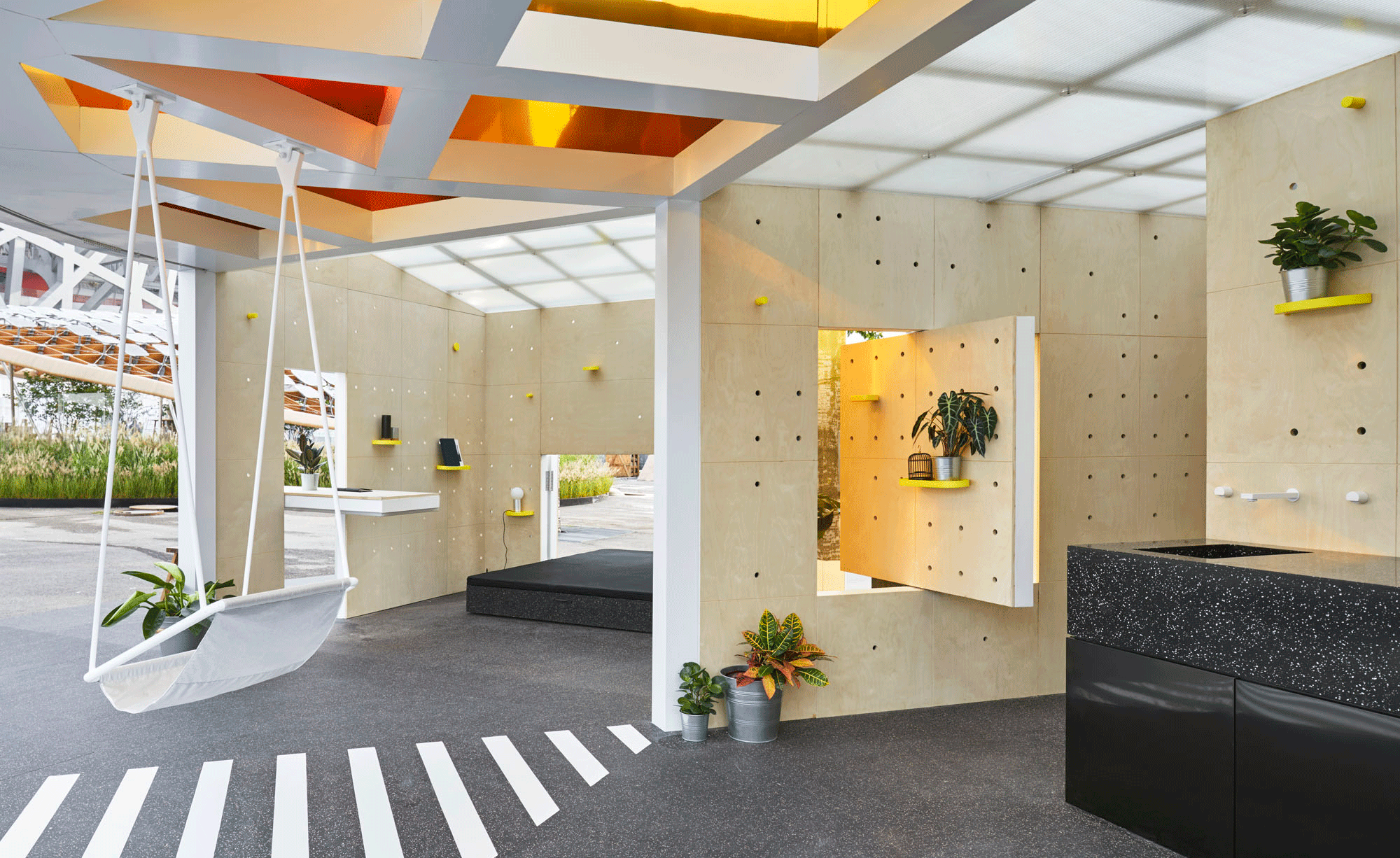
Mini Living’s new Beijing housing concept is the latest step in its very real-world plan to launch compact and flexible urban spaces to rent from mid-2019. The brand once only known for small-and-smart cars, announced the creation of a distinct housing division back in 2015 and its latest Beijing concept is its fourth, after others unveiled in London, New York and Los Angeles.
Each one aims to showcase ideas specific to their city’s context through collaboration with local architects – in Beijing’s case Dayong Sun – who took inspiration from the traditional hutongs he knew from his childhood, where shared courtyards provided communal space to hang out among otherwise densely-packed housing.
Accordingly, the Beijing concept house is just 15 sq m in size but features a semi-circular living room area with a ceiling-mounted swing where neighbours could interact, or equally when privacy was sought, be curtained off. Above this central space are a series of gold-coloured mirrored chimney-like vents which act as telescopes to the sky and which, due to their configuration, create kaleidoscopic reflections of the immediate neighbourhood – in this temporary case, including Herzog & de Meuron’s ‘Bird’s Nest’ National Stadium built for the 2008 Chinese Olympics.

Oke Hauser, Corinna Natter & Dayong Sun, in front of the Mini Living concept, Beijing
Aside from being a fascinating way of bringing colour and light into an otherwise fairly muted-palette interior, these ‘light chimneys’ also play a symbolic role, as Mini designer Corinna Natter puts it, ‘to bring the outside inside’. This seems to be an important aspect for the whole Mini Living project which, while far from intending to be a solution for the lowest earners in the world’s biggest cities, does nonetheless intend to make better use of urban spaces and provide good value accommodation for young professionals or global urban travellers alike. As Mini’s project lead Oke Hauser told Wallpaper*: ‘We want to connect people to live better in cities. It’s important to us to promote an ‘open-door’ policy, not to generate a gated-community feeling.’
Even the more traditionally private areas of the Beijing concept reflect this ethos. Examples include a double bed which can slide through a flap in the wall to become an outside daybed and conversely an exterior-mounted wall ladder for roof access which can rotate inwards to become an interior towel rail for the bathroom. Elsewhere this outside/inside blurring is more subtly suggested by small but regularly spaced holes in the plywood interior cladding which let light through from the opaque polycarbonate exterior surface.
As such, the Beijing house only evolves and develops themes from the previous three Mini Living concepts. The proof of these concepts’ collective ideas will come next May when the first rentable Mini Living apartments are due to launch in a refurbished old paint factory in the Jing’An district of Shanghai.
Studio, mezzanine studio and multi-bedroom apartments will be available to rent from circa €1200 per month (versus a market rate of €2000-€3000 for similar-size flats elsewhere in the city says Hauser) with free shared spaces for interaction and further rooms – including a large dining room for special occasions or an office for meetings – hired out as and when required via an app.
Hauser says the building itself will be ‘quietly branded’ Mini Living and will also offer a car park with shareable Mini cars inside no doubt. The venture is a very radical departure for a car brand, but by the looks of things one with serious business intent.
INFORMATION
For more information, visit the Mini Living website
Wallpaper* Newsletter
Receive our daily digest of inspiration, escapism and design stories from around the world direct to your inbox.
Guy Bird is a London-based writer, editor and consultant specialising in cars and car design, but also covers aviation, architecture, street art, sneakers and music. His journalistic experience spans more than 25 years in the UK and global industry. See more at www.guybird.com
-
 All-In is the Paris-based label making full-force fashion for main character dressing
All-In is the Paris-based label making full-force fashion for main character dressingPart of our monthly Uprising series, Wallpaper* meets Benjamin Barron and Bror August Vestbø of All-In, the LVMH Prize-nominated label which bases its collections on a riotous cast of characters – real and imagined
By Orla Brennan
-
 Maserati joins forces with Giorgetti for a turbo-charged relationship
Maserati joins forces with Giorgetti for a turbo-charged relationshipAnnouncing their marriage during Milan Design Week, the brands unveiled a collection, a car and a long term commitment
By Hugo Macdonald
-
 Through an innovative new training program, Poltrona Frau aims to safeguard Italian craft
Through an innovative new training program, Poltrona Frau aims to safeguard Italian craftThe heritage furniture manufacturer is training a new generation of leather artisans
By Cristina Kiran Piotti
-
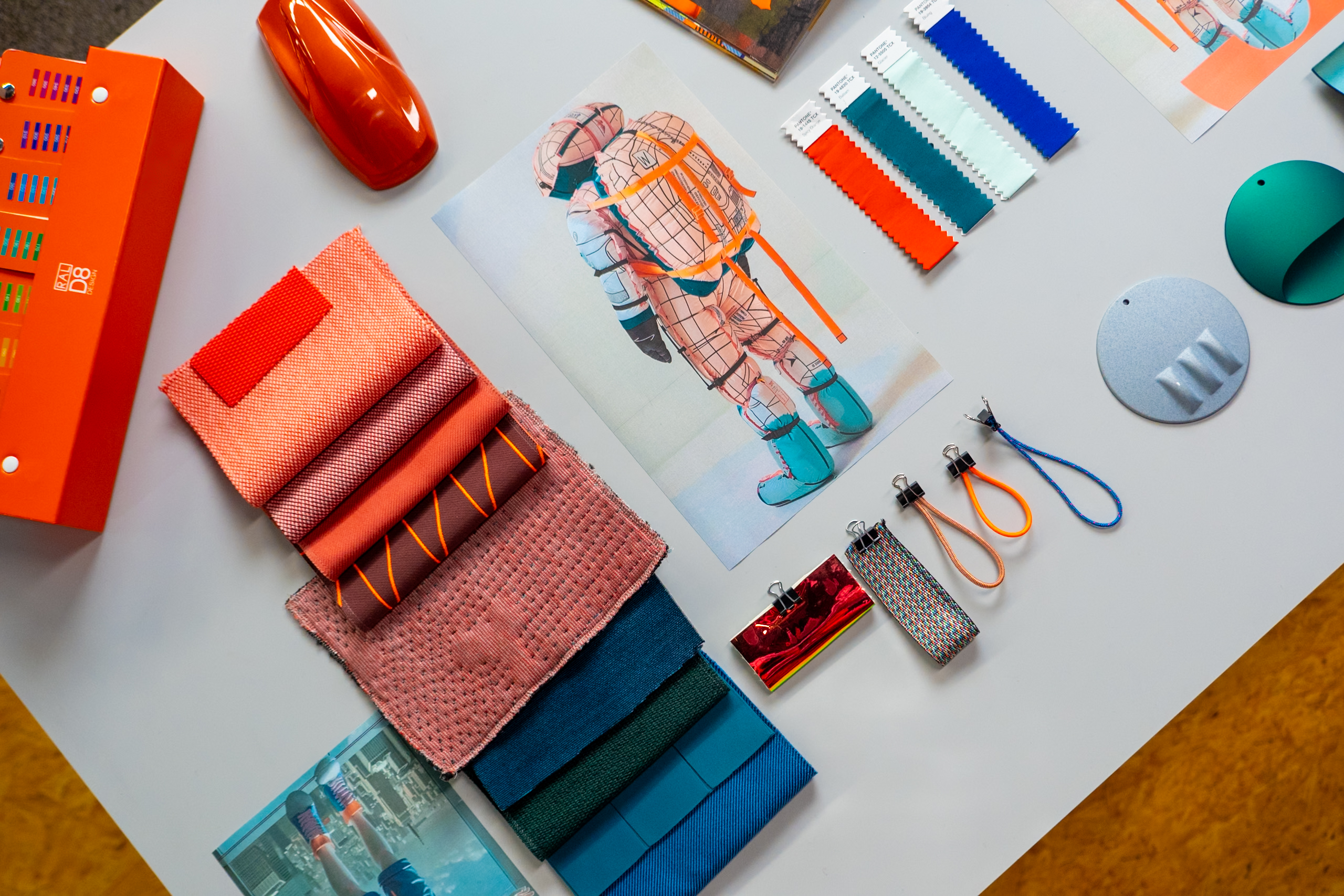 More colour and more design. More modernity. More Mini
More colour and more design. More modernity. More MiniThe iconic manufacturer has upped its game on tone, texture and interiors
By Jonathan Bell
-
 Coming soon: a curated collection of all the new EVs and hybrids that matter
Coming soon: a curated collection of all the new EVs and hybrids that matterWe've rounded up new and updated offerings from Audi, Porsche, Ineos, Mini and more to keep tabs on the shifting sands of the mainstream car market
By Jonathan Bell
-
 24 transportation design innovations for 2024
24 transportation design innovations for 2024From electric cars to new airports and sports boats, here’s a non-exhaustive list of 24 of the most interesting transportation design innovations to expect in the coming year
By Jonathan Bell
-
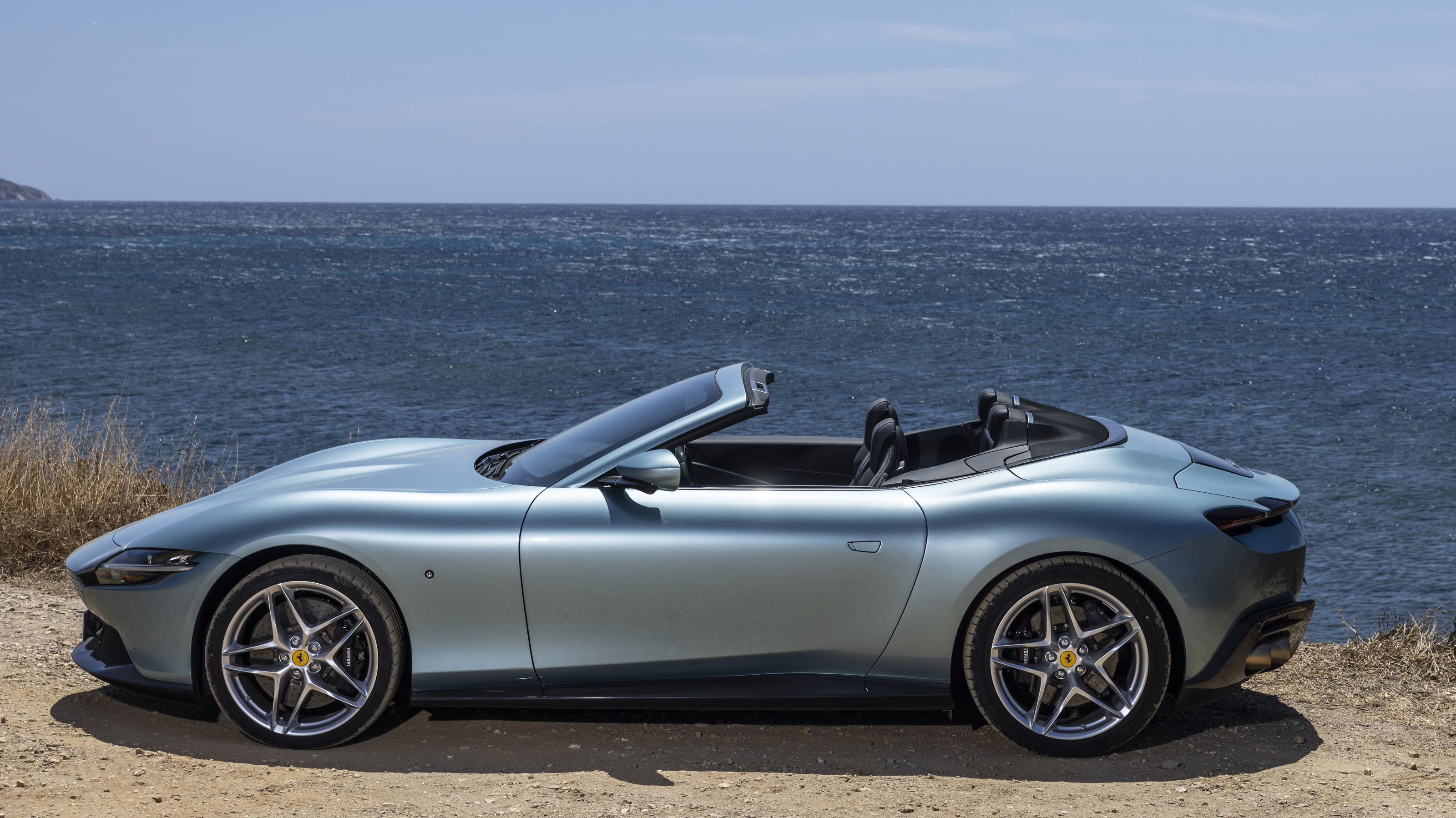 Year in review: the top 10 cars of 2023, as selected by Wallpaper’s Jonathan Bell
Year in review: the top 10 cars of 2023, as selected by Wallpaper’s Jonathan BellWhat were the best four-wheeled offerings of 2023? Transport editor Jonathan Bell takes us through the year’s most intriguing automobiles
By Jonathan Bell
-
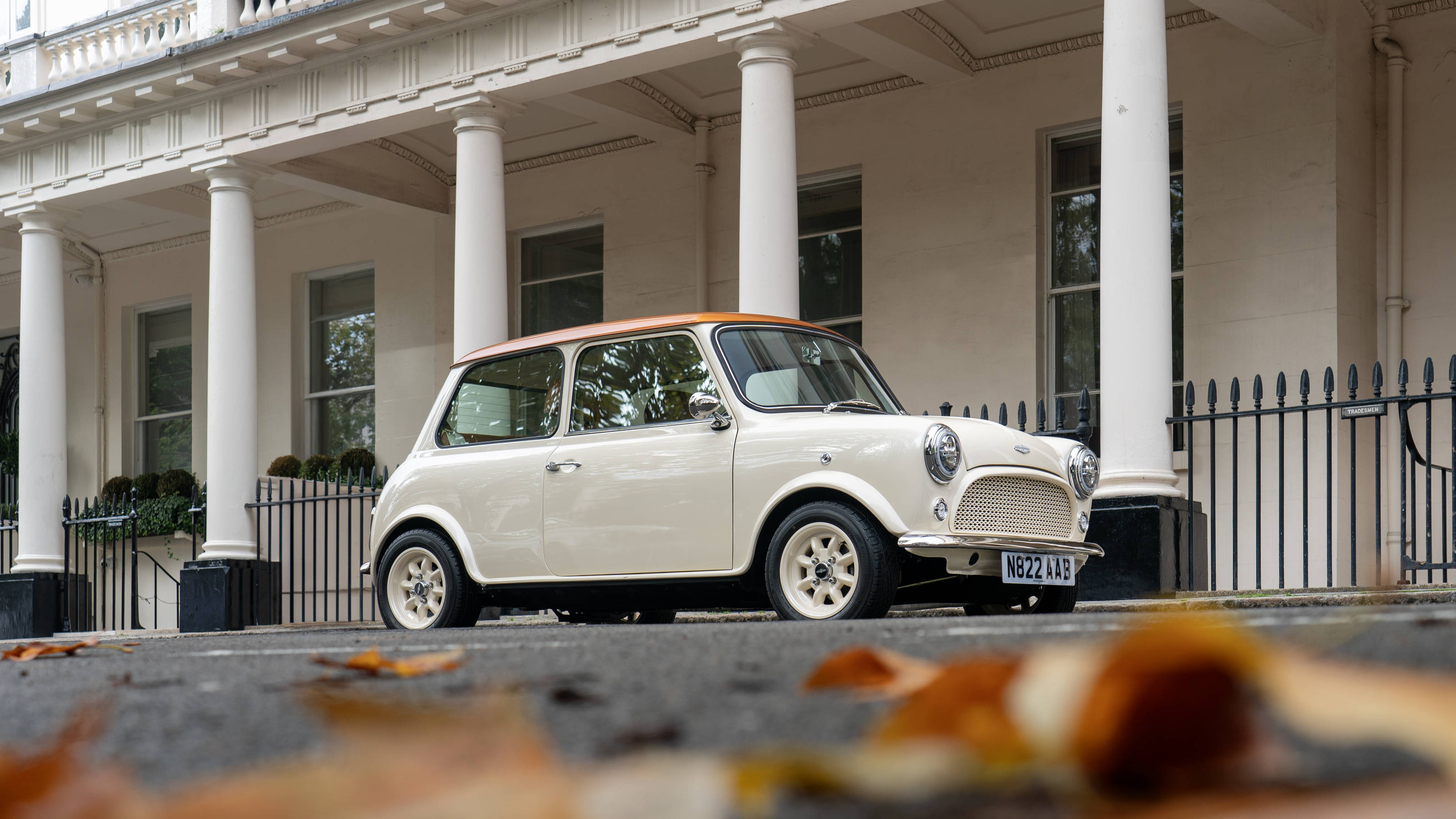 David Brown Automotive transforms original Mini into a high-end, high-spec EV
David Brown Automotive transforms original Mini into a high-end, high-spec EVThe DBA Mini eMastered: luxury motoring is rarely so altruistic and joyful
By Jonathan Bell
-
 Mini E-Bike 1, with Angell Mobility, is the carmaker’s first electric two-wheeler
Mini E-Bike 1, with Angell Mobility, is the carmaker’s first electric two-wheelerThe Mini E-Bike 1 opens up a new chapter for Mini, a collaboration that adds another mobility option to its freshly electrified range
By Jonathan Bell
-
 Two new electric Minis bring back the playful spirit of the original
Two new electric Minis bring back the playful spirit of the originalThe new Mini Countryman and Mini Cooper give the modern icon a cleaner, minimal appearance and bolster the interior tech and trim
By Jonathan Bell
-
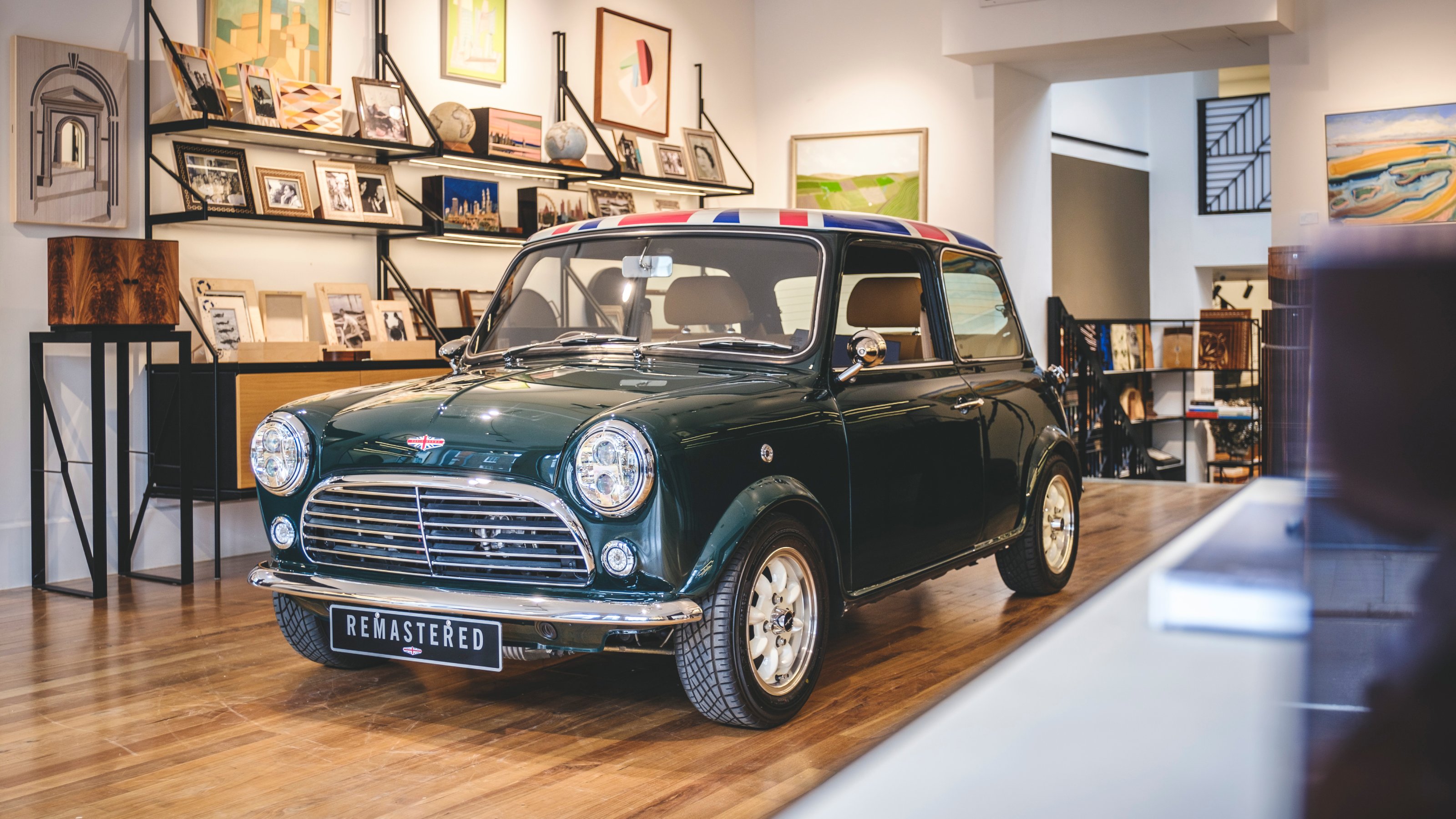 Coronation-edition Mini Remastered by DBA flies the flag in London’s Linley showroom
Coronation-edition Mini Remastered by DBA flies the flag in London’s Linley showroomA pocket-sized piece of coronation memorabilia, the ultimate Mini Remastered by David Brown Automotive is showcased by Linley
By Jonathan Bell